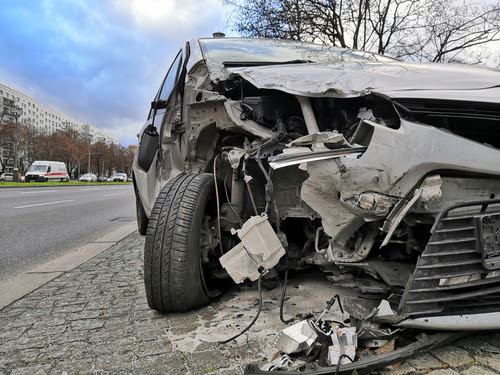When most people think about assigning fault for a traffic accident, they focus on the drivers, assuming that one of them must have made a mistake. While this is probably true in the majority of car accidents, there may be another set of parties to hold responsible: the car manufacturers. In 2023, there were 1,000 vehicle safety recalls affecting over 34 million vehicles. These production errors and defective vehicles can result in serious, even fatal car crashes. Fortunately, the law provides a way for victims to recover from injuries caused by careless car manufacturers: product liability law.
If you have been injured in a crash caused by a defective vehicle, an Outer Banks personal injury lawyer from our firm can help.
How Products Liability Works
Ordinarily, the plaintiff in a product liability case must prove two things. First, they must show that the defendant manufactured or sold the plaintiff’s car and that they were in the business of making or selling cars. Second, the plaintiff must show that they were injured as a result of an unreasonably dangerous defect in the car. Third, they must show that the defect existed when the plaintiff received the car. The first and third parts of that are reasonably simple factual matters; either the company manufactured the car or it did not. However, determining exactly what qualifies as “unreasonably dangerous” is a much more complicated task.
Types of Unreasonably Dangerous Defects
The law recognizes three separate ways that a car can be unreasonably dangerous. First, a car can be unreasonably dangerous based on a design defect. A design defect arises when the car’s designers make it so that there is some built-in flaw, such as a sharp piece of metal that easily punctures a gas tank during crashes. The law recognizes two separate tests for determining whether a design is defective. Either the plaintiff can show that the flaw makes the car more dangerous than a consumer would reasonably expect, or they can show that the benefits of the design are insufficient to justify the dangerous design.
The second type of unreasonably dangerous defect is the manufacturing defect. These defects are not built in by design but arise as a result of a mistake in the car’s manufacturing. For instance, if a car has a defective brake line installed that snaps, causing a person’s brakes to fail, that would be a manufacturing defect.
The final type of defect is a failure to warn. Failure to warn does not arise as a result of a problem with the product, but rather relates to a failure on the part of the manufacturer to warn the injured party of some non-obvious danger that could arise from using the car. Similarly, it can also arise if the manufacturer or seller provided inadequate instructions on the use of some features of the car.
Call Our Personal Injury Law Firm for Help
Unfortunately, product defects and dangers are often discovered – or disclosed by corporations – only after substantial harm has come to consumers. If a dangerous or defective product has injured you or a family member, one of our OBX personal injury lawyers can determine if you have a potential claim against the manufacturer. With the assistance of an experienced, aggressive, and proven attorney, the negligent manufacturer will be held responsible for the injuries and damages the faulty product caused.
Contact Shapiro, Washburn & Sharp today. Our legal team has more than 100 combined years of legal experience advocating for injured victims and their families and will work diligently to get you the financial compensation you deserve, like the $750,000 settlement we were able to obtain for one client whose right hand was mangled so badly by a defective tool that doctors eventually had to amputate his thumb.
RELATED CONTENT
- Five Potential Grounds for Filing Vehicle Product Liability Cases
- A Personal Injury Lawyer Explains the Basics of a Product Liability Lawsuit
- Navigating the Legal Process in a Personal Injury Lawsuit
